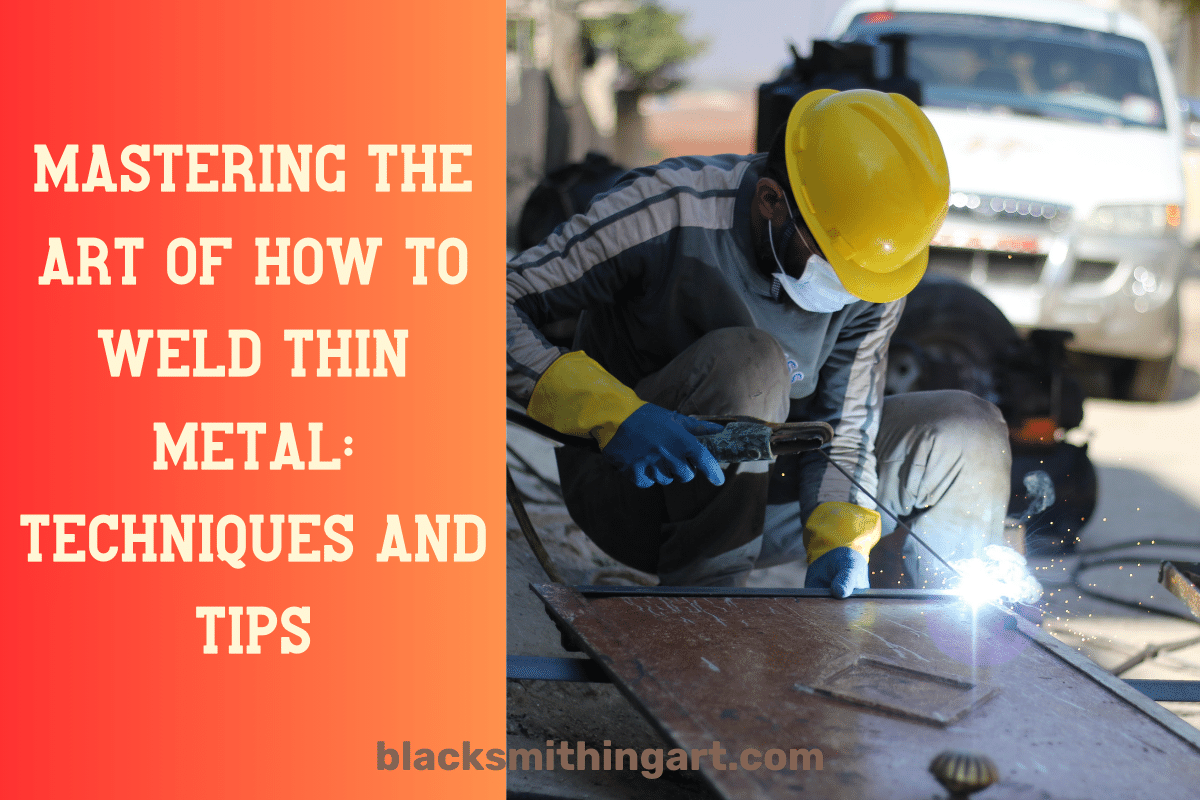
Welding thin stock is often considered a delicate dance in metalworking.
Whether you’re working with sheet metal, thin aluminum, or thin steel, the challenges of joining these materials can be both exciting and demanding.
This comprehensive guide is your key to mastering thin sheet metal welding.
We’ll explore various welding processes, share techniques, and offer valuable tips to ensure your welds on sparse materials are strong, clean, and flawless.
So, let’s dive into the world of welding sheet metal and unveil the secrets of creating impeccable welds.
Contents
Understanding the challenge “How to weld thin metal?”

Thin metal, often defined as any material less than 1/8 inch (3.2 mm) in thickness, presents unique challenges in the welding process. These challenges include:
Excess heat: sparse materials are highly susceptible to excessive heat, which can lead to warping, distortion, and even burn-through.
Blowing holes: the risk of holes in the thin stock is significant, especially when using higher heat settings.
Heat-affected zone (HAZ): thin sheets are prone to a large heat-affected zone, which can affect the material’s properties and structural integrity.
Limited weld pool: working with a smaller pool demands precision and control to achieve a strong bond.
The welding process and technique choice are crucial when dealing with thin metals. Let’s explore the most effective methods for welding sparse materials.
TIG welding (gas tungsten arc welding)

TIG welding is often regarded as the best welding process for sheet metals due to its precision and control. Here’s how to excel at TIG welding sheet metal:
Amperage control: the TIG welder offers precise amperage control, allowing you to adjust the heat output, making it ideal for sparse materials.
Use a fine tungsten electrode: a smaller tungsten electrode provides better control and precision.
Maintain a short arc length: keeping the arc length short minimizes the heat-affected zone and reduces the risk of burn-through.
Use pulse settings: pulsed TIG welding helps control heat input and is particularly useful for aluminum.
MIG welding (gas metal arc welding)

MIG welding is a popular choice for welding sheet metals, balancing efficiency and precision. Here are some tips for the successful MIG welding by using MIG welds:
Select the right gas: a mix of argon and CO2 is often ideal for welding sheet metals, providing good penetration and reduced spatter.
Choose the right wire: use thinner solid wires or flux core welding wires designed for low heat input for sparse materials.
Control wire feed speed: adjust the wire feed speed to regulate the amount of heat applied to the sheet metal.
Proper joint preparation: clean, precise joint preparation is crucial for MIG welding sparse materials.
Stick welding (shielded metal arc welding)
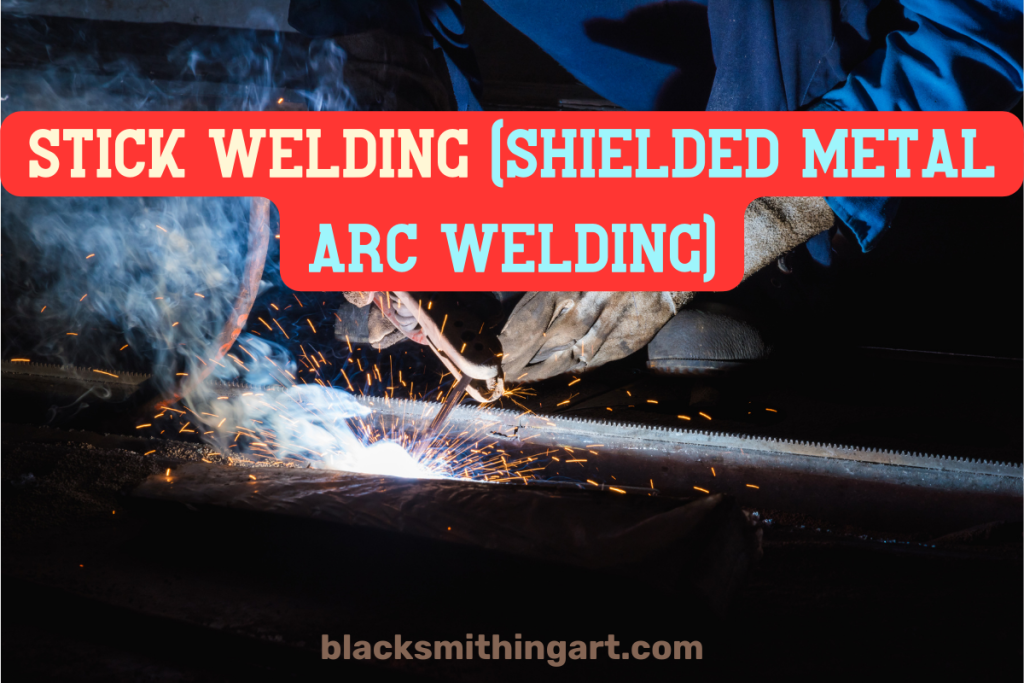
Stick welding, may not be the first choice for welding thin metal, but if you apply stick welding correctly, it can be very effective.
Stick welding is valued for its versatility and ability to produce strong, durable welds in various situations. When working with thin metal using stick welding, certain techniques and considerations can help you achieve reliable results.
Use thin electrodes: opt for thinner electrodes that match the thickness of the metal.
Practice stitch welds: instead of continuous beads, use a stitch stick welding technique to minimize heat input and prevent burn-through.
Control amperage: the stick welder in stick welding allows you to adjust amperage. For stick welding thin stocks, maintain the amperage on the lower side of the recommended range.
Use proper electrode angle: maintain a slight drag or backhand angle to ensure the arc focuses on the workpiece.
Polishing and cleanup: after completing the stick welding, it’s advisable to inspect the workpiece and clean up.
It’s important to note that stick welding thin metal may require more practice and finesse compared to other welding methods, such as TIG or MIG.
Stick welding is a versatile technique that can be highly effective when used skillfully. Additionally, maintaining the proper safety measures and adhering to the guidelines of the welding process is crucial for the successful stick welding of thin stocks.
Flux cored wires

Flux core welding wires, especially those designed for low heat input, can be a valuable asset when welding thin materials. They provide good control over the welding process and reduced spatter.
Challenges and solutions in welding sheet metal

Here are presented some of the most common challenges and possible solutions related to the weld-thin sheet metal process.
Heat management

Challenge: excessive heat can easily warp or burn through thin sheet metal.
Solution: keep heat as low as possible while maintaining adequate penetration. Reduce amperage, use thinner electrodes or wires, and manage travel speed. Multiple passes are often necessary to achieve a strong joint while avoiding excessive heat.
Weld pool control

Challenge: a limited pool of thin sheet materials can make it challenging to create a strong bond.
Solution: focus on precise control. Keep a short arc length and move the torch or electrode at a steady pace to ensure even distribution of the pool.
Burn-through
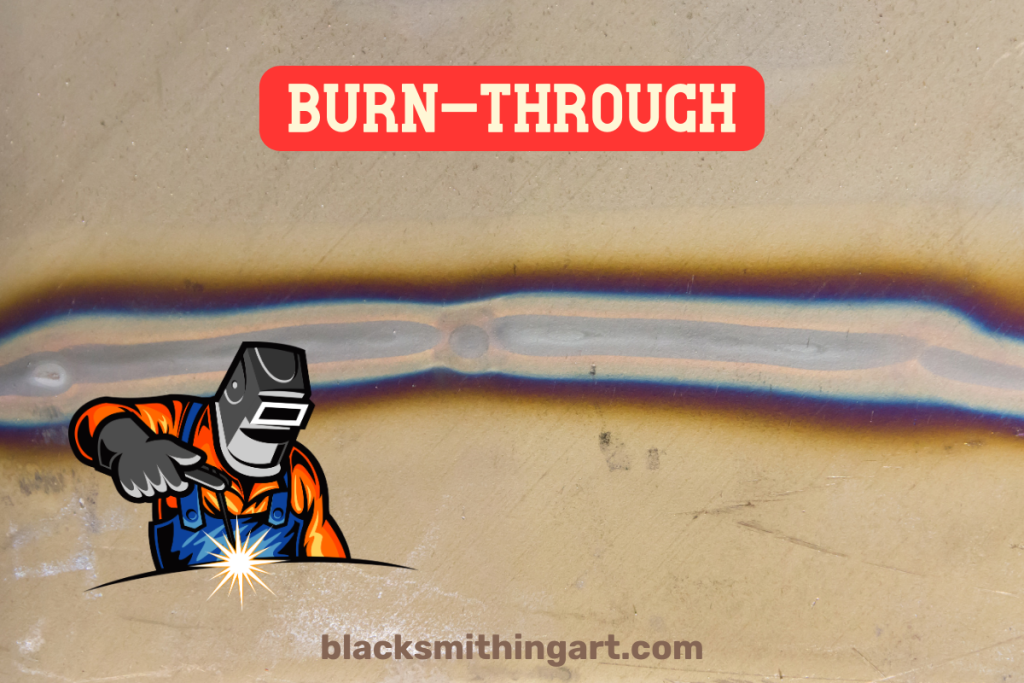
Challenge: burn-through is a common concern when welding sheet metal.
Solution: use tack welds to secure the joint and distribute heat evenly. Use the stitch welding technique to create shorter welds with intervals, allowing the metal to cool.
Joint preparation
Challenge: joint preparation is critical, and a lack of precision can lead to poor weld quality.
Solution: ensure clean, well-fitting joints with precise alignment. Proper joint preparation is the foundation of successful welding.
Weld bead appearance
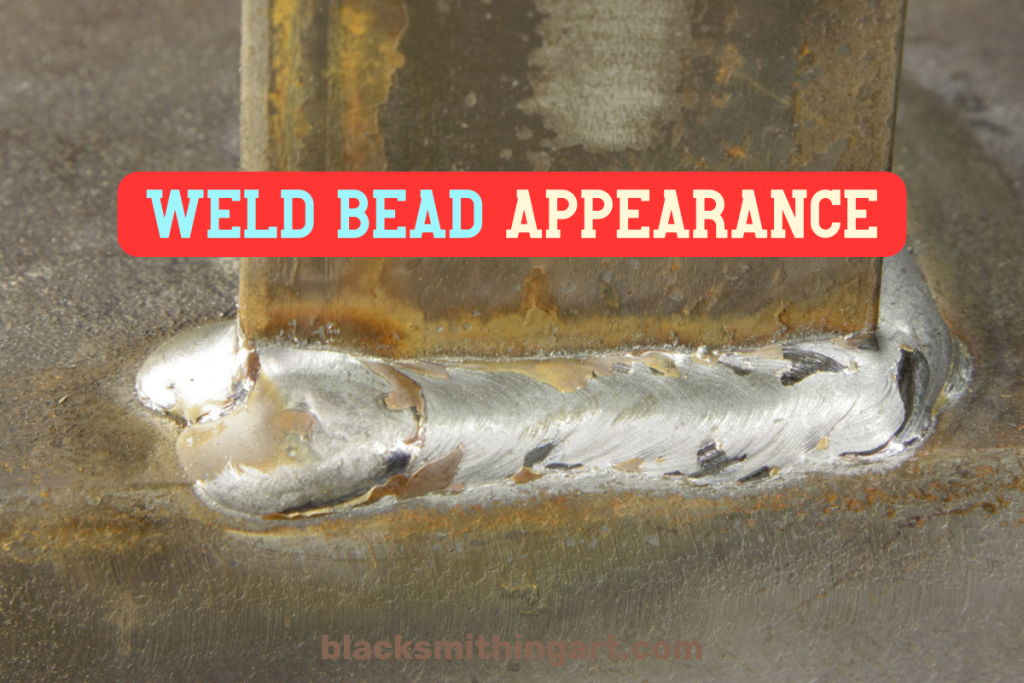
Challenge: achieving a clean and aesthetically pleasing weld bead can be tricky with thin sheet materials.
Solution: practice and patience are key. Experiment with your welding settings, travel speed, and torch or electrode angle to create a smooth, uniform weld bead.
Quality filler metals
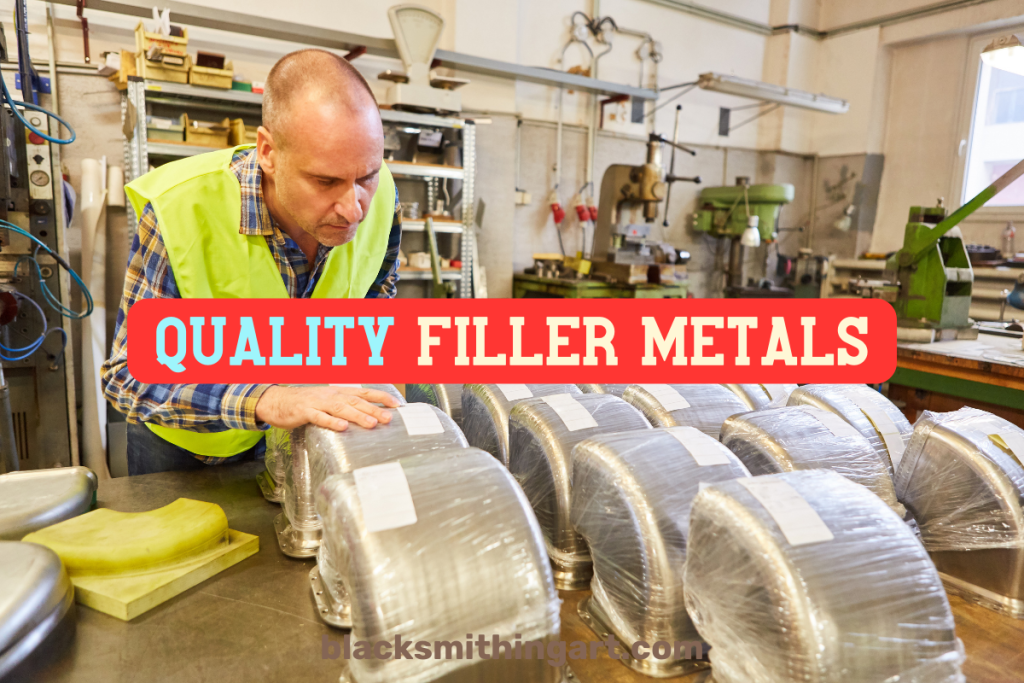
Challenge: choosing the right filler metal is essential for maintaining the strength and integrity of the weld.
Solution: select filler metals compatible with the base metal. For instance, when welding steel, choose filler materials like mild steel for a strong bond.
Skip welding
Challenge: skip welding is often necessary to prevent overheating, but it can affect the appearance of the weld.
Solution: ensure that each skip weld adequately overlaps the previous one when using skip welding. This technique allows for controlled heat input while maintaining the weld’s integrity.
Monitoring the heat-affected zone (HAZ)

Challenge: the HAZ can be large in thin sheet materials, potentially affecting the material’s properties.
Solution: use lower amperage, maintain a short arc length, and heat control techniques to minimize the HAZ.
Safety measures for welding thin metal
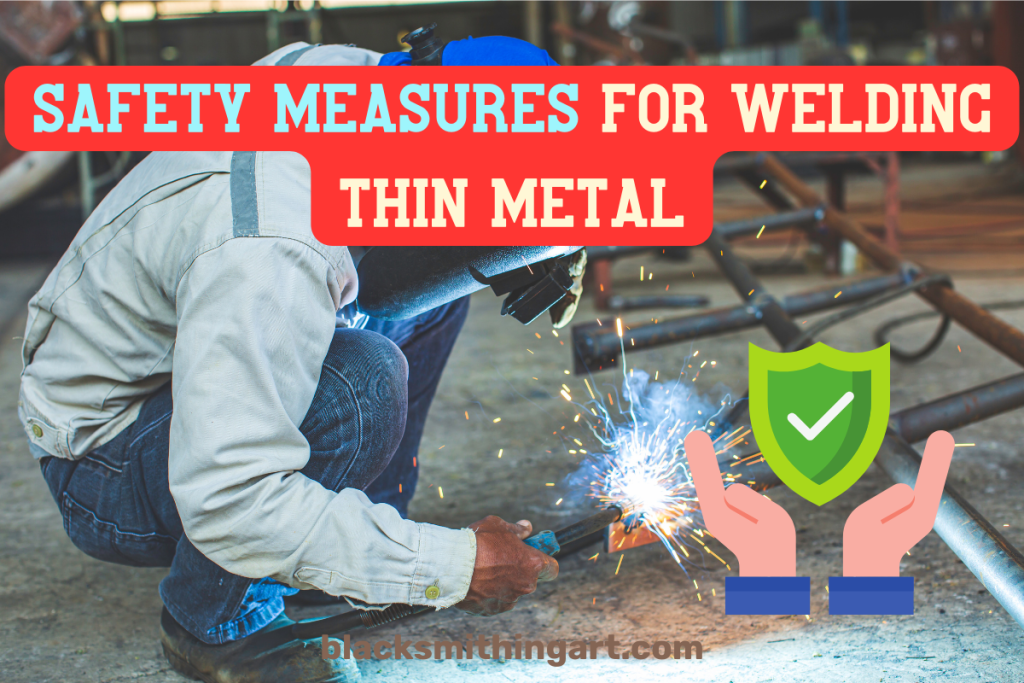
Welding, while a rewarding skill, comes with inherent safety risks. When working with sheet metal, these risks can be magnified due to the material’s susceptibility to heat and potential for burn-through.
Implementing safety measures is not just good practice; it’s essential for the well-being of the welder and the quality of the work.
Personal protective equipment (PPE)
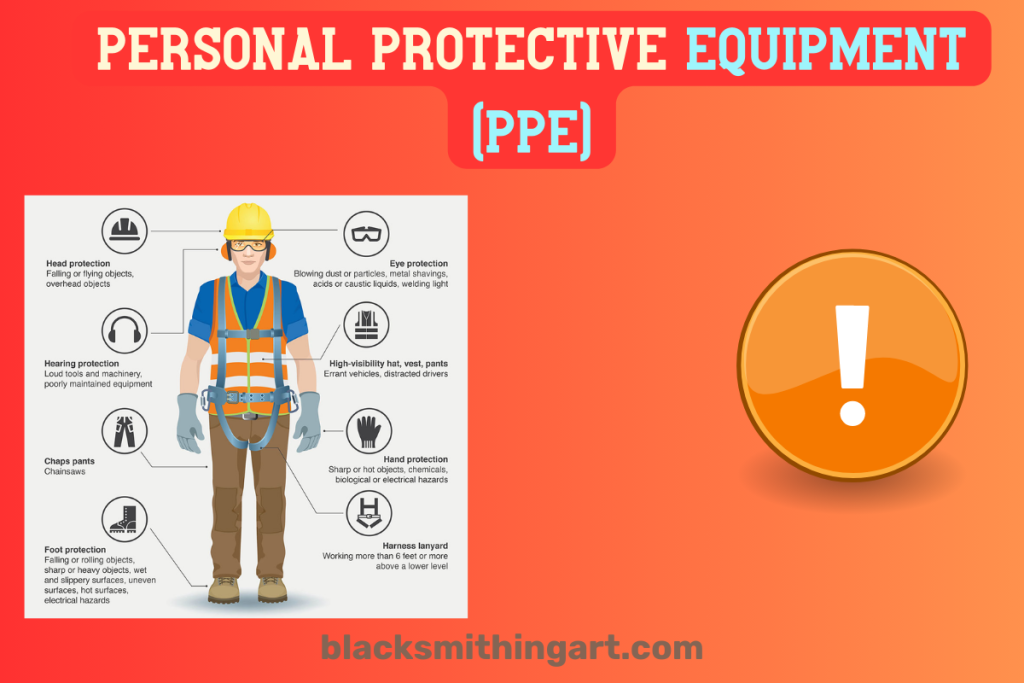
Welding helmet: always wear a welding helmet with a proper auto-darkening lens to protect your eyes from the intense light produced during welding.
Protective clothing: wear flame-resistant clothing, including a welding jacket, gloves, and pants. Make sure they cover all exposed skin to shield against sparks and UV radiation.
Ventilation and fume extraction
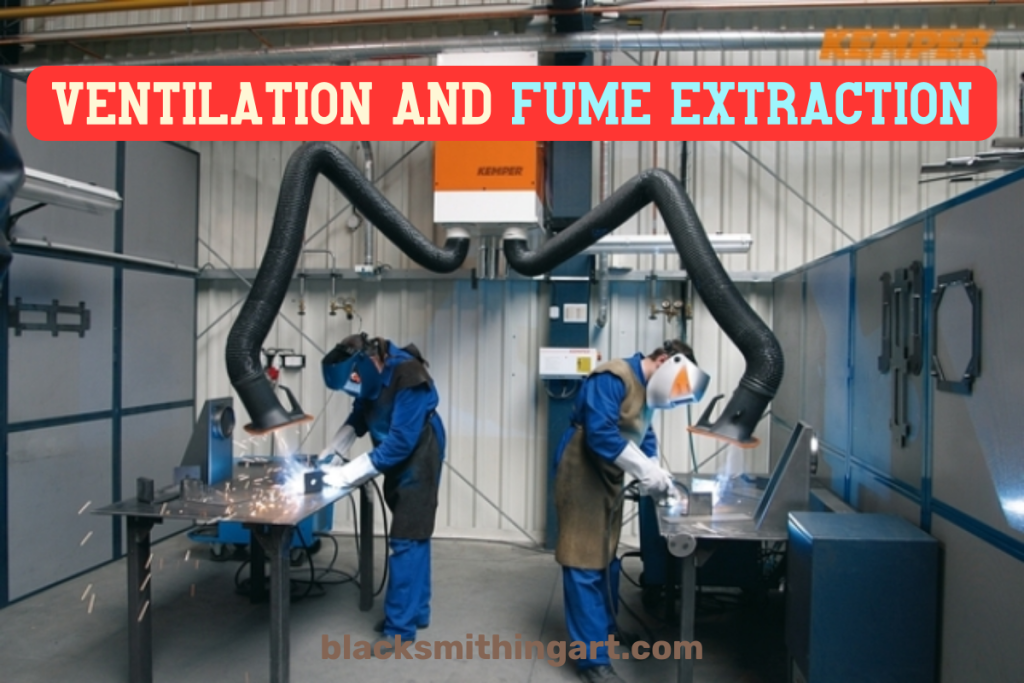
Welding generates fumes: proper ventilation and fume extraction are vital for maintaining clean air in your workspace. Ensure adequate airflow and, if possible, use a fume extraction system to remove harmful welding fumes.
Fire safety
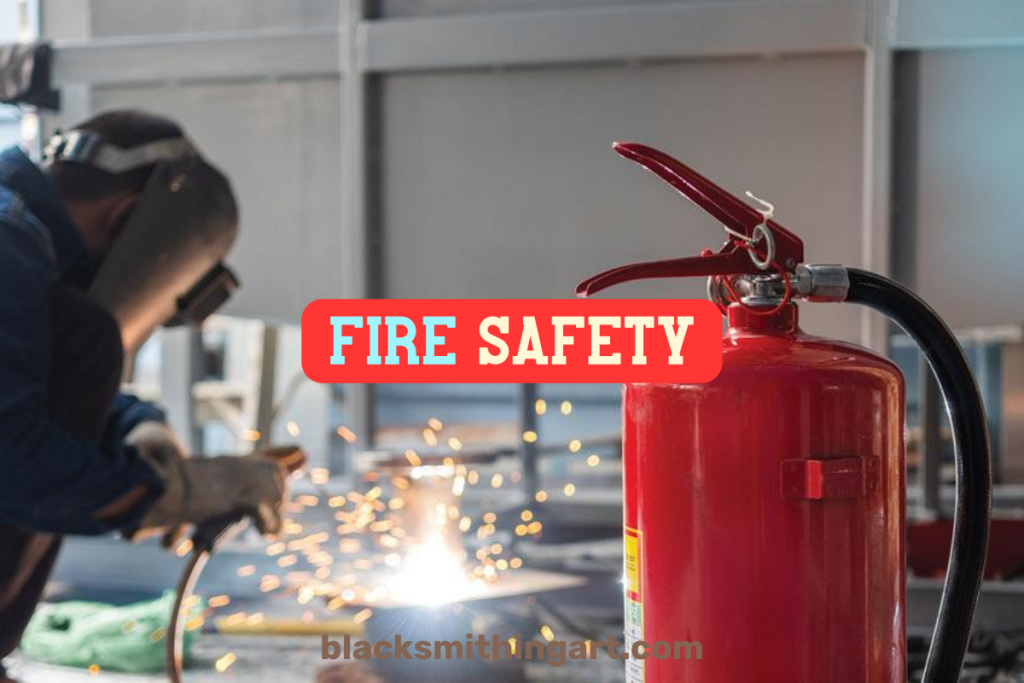
Fire extinguisher: keep a fire extinguisher nearby and ensure it is in working condition. You never know when a spark might ignite nearby flammable materials.
Clear work area: clear the work area of any combustible materials, such as paper, cardboard, or chemicals, which can catch fire easily.
Training and education
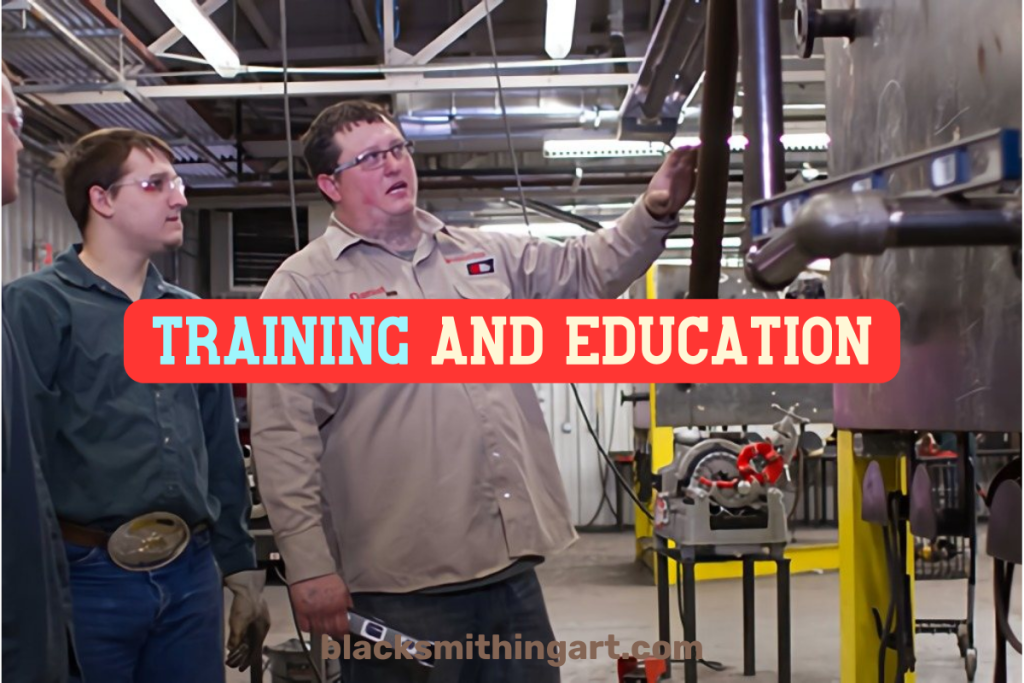
Proper training: ensure that you have received the necessary training for the specific welding process you plan to use. Understanding the equipment and techniques is critical for your safety.
Quality welding machine and equipment
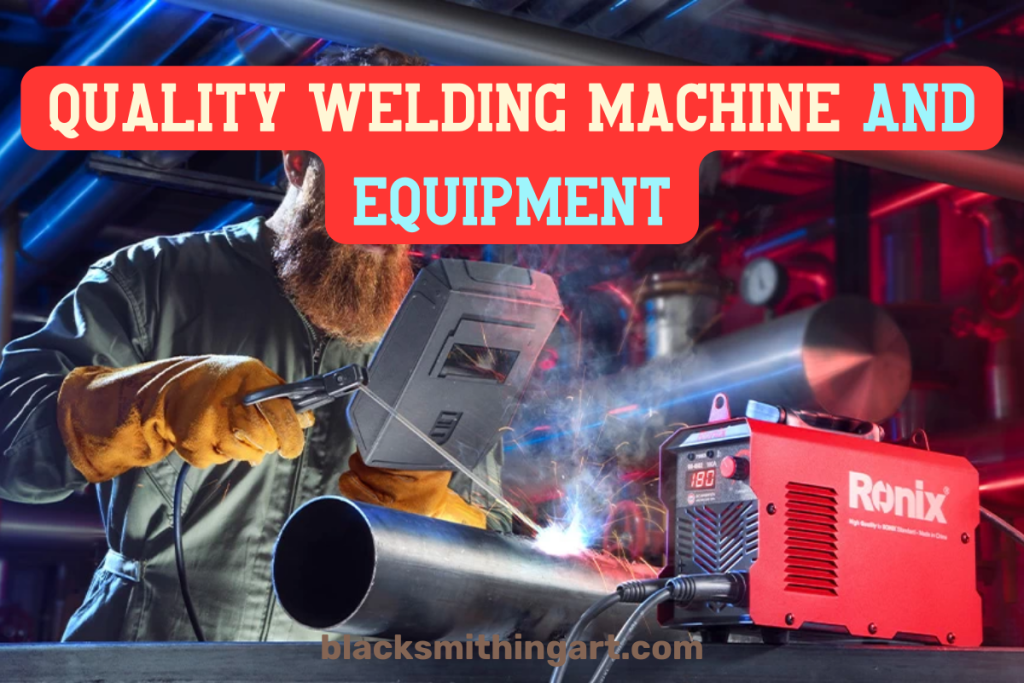
Well-maintained equipment: regularly inspect and maintain your welding machine and associated equipment to prevent unexpected malfunctions or electrical hazards.
FAQ
Here are presented some of the most commonly asked questions on the topic of this paper with comprehensive answers to them.
What is the best thing to weld thin metal with?
The best welding process for sheet metal is TIG welding (Gas Tungsten Arc Welding). This welding type provides precise control over the heat input, making it ideal for preventing burn-through and minimizing distortion on sheet materials.
Stick welding can be effective as well in case it is applied correctly. However, you need to be quite skilled to use the stick welding approach.
What welding rod do I use for thin metal?
For welding thin metal, it’s recommended to use a filler rod that matches the base metal’s composition. For mild steel, ER70S-2 or ER70S-6 filler rods are commonly used.
For aluminum, 4043 or 5356 filler rods are suitable choices.
How do you keep thin metal from warping when welding?
To prevent sheet metal from warping during welding, you can use several techniques:
1. Use tack welds to secure the workpiece.
2. Implement a stitch welding technique, creating shorter welds with intervals to allow the metal to cool.
3. Minimize heat input by keeping the amperage low and using a short arc length.
4. Weld in a balanced sequence to distribute heat evenly across the workpiece.
Can you weld thin metal with a gasless MIG welder?
While it is possible to weld sheet metal with a gasless MIG welder, it can be challenging due to the risk of excessive heat and burn-through.
It’s advisable to use a shielding gas (typically a mix of argon and CO2) for better control and cleaner welds when working with thin sheet materials.
If you must use a gasless welder, exercise extreme caution (use shielding gas) and practice on scrap pieces to find the right settings and technique to avoid overheating the metal.
Conclusion
Welding sheet metal requires finesse, precision, and a deep understanding of the challenges it presents.
Whether you’re using TIG, MIG, stick welding, or flux-cored wires, it’s essential to master the art of heat control, pool management, and joint preparation.
By using the right techniques and solutions, you can create impeccable welds on thin sheet materials, ensuring their strength and structural integrity.

